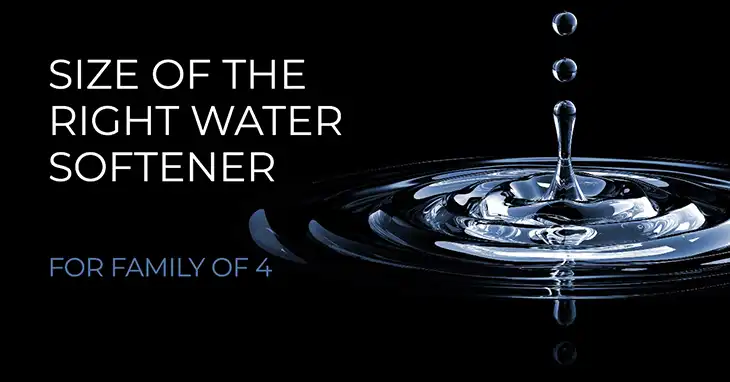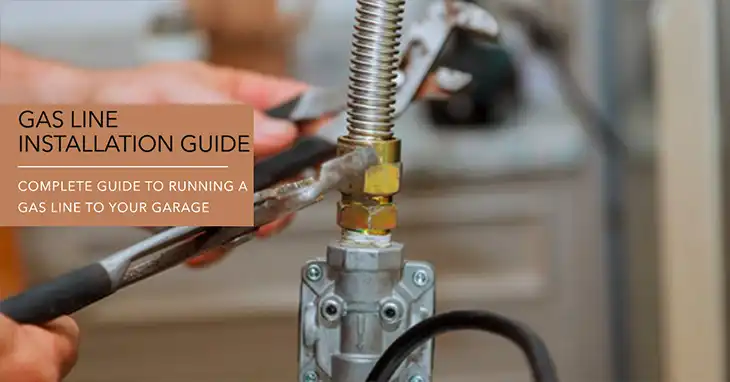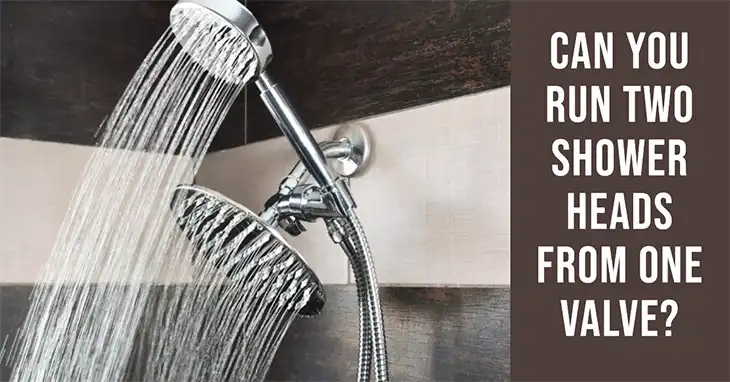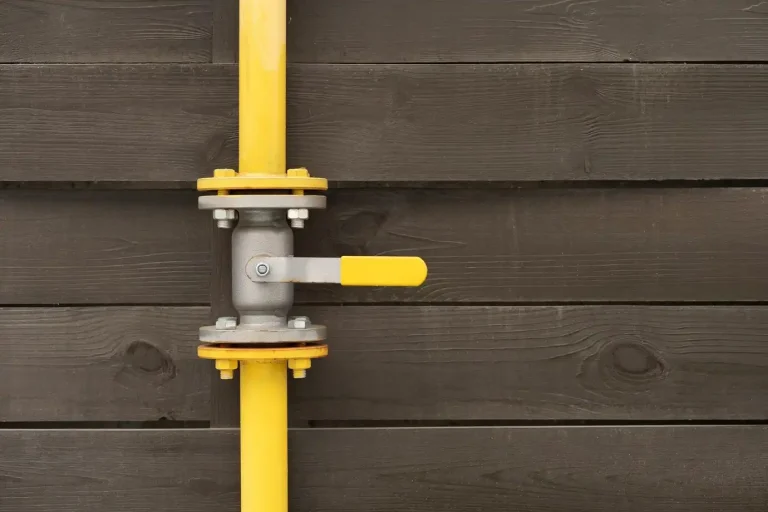What Size Water Softener for Family of 4? explained
Having the right size water softener is essential for a family of four. If your water hardness falls between 5-10 grains per gallon (gpg) with average usage, a 30,000 grain capacity softener should suffice. However, if your hardness level is higher, ranging from 11-20 gpg, it’s recommended to consider a larger 40,000 grain softener. Selecting the appropriate size ensures effective water softening, preventing mineral buildup and prolonging the lifespan of your appliances and plumbing fixtures. With the right softener size, you’ll enjoy the benefits of soft, luxurious water throughout your home.

What Affects the Sizing of Water Softeners?
Determining the right size water softener for your family is crucial to ensure optimal performance and efficiency. The sizing of water softeners is influenced by two main factors: water hardness and water usage. By understanding these factors, you can make an informed decision when choosing the appropriate water softener for your household.
Water Hardness
The hardness level of your water supply is a crucial factor in determining the appropriate size for your water softener. Hard water contains high levels of dissolved minerals like calcium and magnesium, which can cause various issues such as scaling in pipes, appliances, and water heaters, as well as impacting the effectiveness of soap and detergents.
Water Usage
The amount of water your household consumes on a daily basis also plays a significant role in choosing the right water softener size. A larger family or higher water usage will require a larger water softener to effectively soften the water.
How to Find Out the Size of Water Softener for a Family of 4?
To determine the correct size water softener for your family of four, you’ll need to follow a few simple steps. These steps involve calculating your household’s daily water usage, measuring your water hardness level, and factoring in the regeneration cycle of the water softener. By following these steps, you can ensure that you choose a water softener that meets your family’s specific needs.
Step 1 – Estimate Daily Water Use
According to the rule of thumb: multiply 75 gallons by the number of people in your household. So, for a family of four, that’s:
75 gallons/person * 4 people = 300 gallons/day
This is an average estimate, and your actual usage might vary depending on factors like laundry habits, shower duration, and how often you run the dishwasher. If you have a good idea of your actual water usage, feel free to use that number instead.
Step 2 – Find Your Water Hardness (gpg)
Water hardness is typically measured in grains per gallon (gpg). This information is crucial! Here are a couple of ways to find your water hardness:
Municipal Water Report: Most cities or municipalities provide a water report that details water hardness levels. Check your city’s website or contact your water provider to access this report.
Water Testing Kit: If you have a private well, you might need to purchase a water testing kit to determine your water hardness. These kits are readily available online or at hardware stores.
Step 3 – Multiply Daily Water Use by Water Hardness
Once you know your daily water usage and water hardness level, multiply them together to determine the total grains of hardness your water softener needs to remove daily. For example, if your daily water usage is 300 gallons and your water hardness is 10 gpg, the calculation would be:
300 gallons × 10 gpg = 3,000 grains of hardness per day
Step 4 – Multiply the Result by Regeneration Cycle
Water softeners have a regeneration cycle, which is the frequency at which the softening resin needs to be recharged or regenerated. This cycle is typically measured in days. To determine the appropriate water softener size, you need to multiply the result from Step 3 by the regeneration cycle.
For example, if your water softener has a 7-day regeneration cycle, you would multiply the result from Step 3 by 7:
3,000 grains of hardness per day × 7 days = 21,000 grains of hardness capacity required
Based on this calculation, you would need a water softener with a capacity of at least 21,000 grains to effectively soften the water for your family of four.
Calculation If You Have a Private Well
If you’re on a private well, you’ll need to have your hardness and iron tested separately in order to calculate your hardness rating. For every one (1) mg/l (milligrams per liter) of iron, three (3) grains per gallon (gpg) of hardness need to be added to the total hardness value.
For instance, if your water hardness test shows 10 gpg and your iron level is 3 mg/l, you would add an additional 9 gpg (3 mg/l × 3) to the hardness value, resulting in a total hardness of 16 gpg.
Example Calculation:
Let’s say your family of four uses 300 gallons of water daily, and your well water test shows a hardness of 7 gpg and an iron level of 3 mg/l.
- Iron Hardness Conversion: 3 mg/l iron * 3 gpg/mg/l = 9 gpg hardness (from iron)
- Adjusted Total Hardness: 7 gpg (measured hardness) + 9 gpg (iron hardness) = 16 gpg
So, the sizing of the water softener will be,
300 gallons × 16 gpg × 7 days = 33,600 grains of hardness capacity required
It’s always a good idea to consult with a professional water treatment specialist or the manufacturer of the water softener to ensure you choose the right size for your specific needs and water conditions.
FAQs
What softener should I buy?
While there are many water softeners on the market, the most important factor to consider is certification. Look for a softener that is certified to the NSF/ANSI 44 Performance Standard. This standard ensures that the softener meets minimum requirements for materials, design, construction, and performance.
What does Capacity – Grains: @15 lbs/cu.ft: 30,000 mean?
This describes a water softener’s capacity (30,000 grains) and salt use (15 lbs/cu.ft.). While it removes a lot of hardness, the high salt usage per regeneration cycle might indicate lower efficiency. Look for softeners with a good balance between capacity and salt consumption.
What is the proper salt level for a water softener?
There’s a sweet spot for salt in your softener’s brine tank. Aim for at least a quarter tank full, but leave 4-6 inches from the brim. Most importantly, the salt level should always stay a few inches above the water level in the tank. This ensures efficient salt dissolving for optimal water softening.
Conclusion
Choosing the right size water softener for your family of four is crucial to ensure effective water softening and prevent various issues associated with hard water. By following the steps outlined in this article, you can determine the appropriate water softener size based on your household’s water usage and water hardness level.






